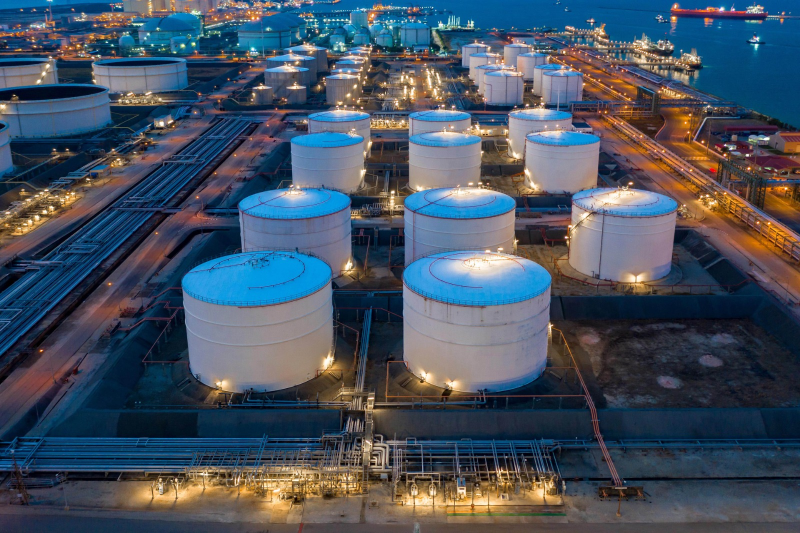OIL & GAS ENGINEERING

Course Features
- Course
- Duration
- Eligibility
- Course
- Duration
- Eligibility
- Course
- Duration
- Eligibility
- Course
- Duration
- Eligibility
- Course
- Duration
- Eligibility
OIL & GAS ENGINEERING
Oil and gas technology refer to the various tools, techniques, and equipment
used in the exploration, drilling, production, processing, and transportation of
oil and gas resources.
Exploration and drilling involve the use of geophysical techniques such as
seismic surveys to locate underground oil and gas reservoirs. Drilling rigs,
which can be land-based or offshore, are used to drill wells and extract the oil
and gas from the reservoirs.
Production technology involves the use of various techniques to increase the
yield of oil and gas from a well. This includes hydraulic fracturing (also known
as "fracking"), which involves injecting high-pressure fluids into the well to
release trapped gas or oil.
Processing technology is used to separate and refine crude oil and natural gas
into usable products. This includes various techniques such as distillation,
cracking, and hydrogenation.
Transportation technology is used to move oil and gas from the production site
to refineries or to other locations. This includes pipelines, tanker trucks, and
rail cars.
In recent years, there has been an increasing focus on developing technologies
that improve efficiency and reduce environmental impact. For example, advanced
drilling techniques, such as directional drilling, reduce the need for multiple
wells, while new technologies for capturing and storing carbon dioxide emissions
from power plants and industrial facilities are being developed to reduce
greenhouse gas emissions.
Overall, oil and gas technology is a vital component of the global energy
industry and plays a crucial role in meeting the world's growing energy demands.
